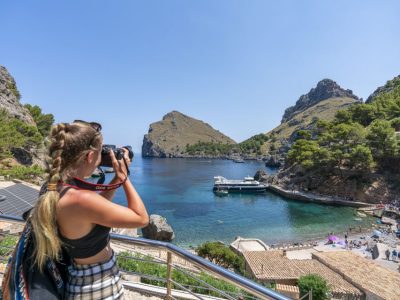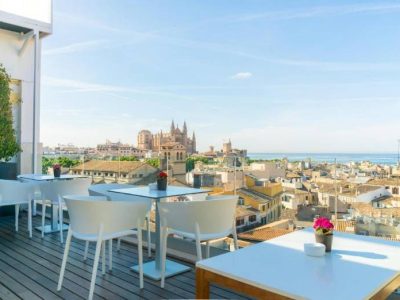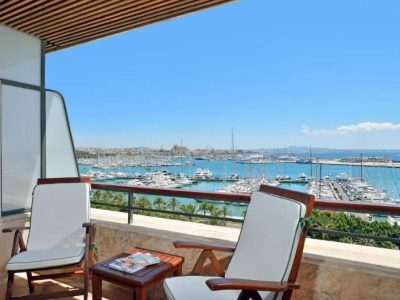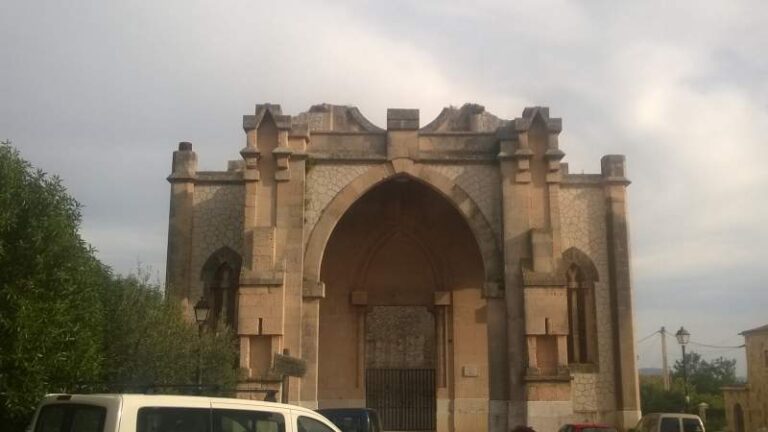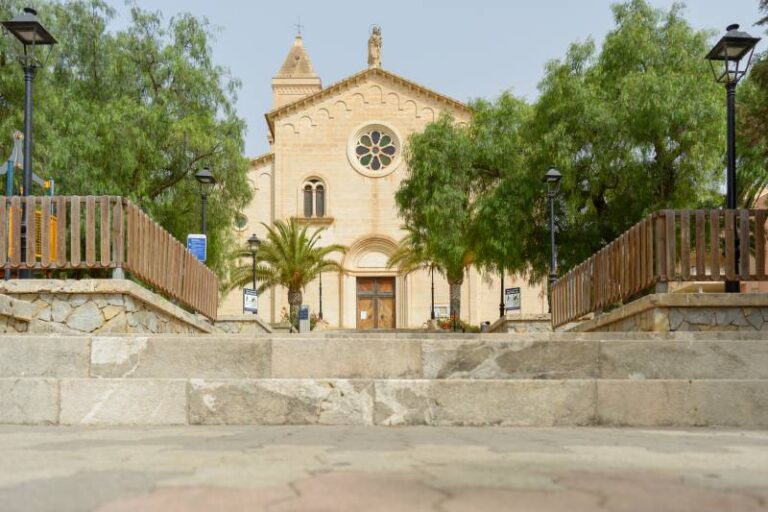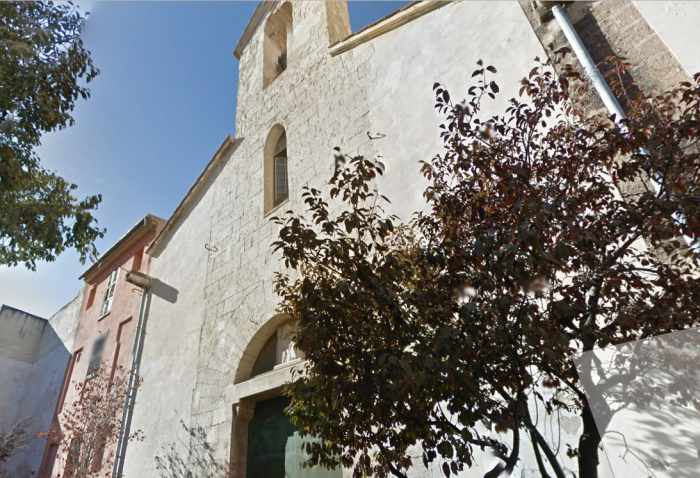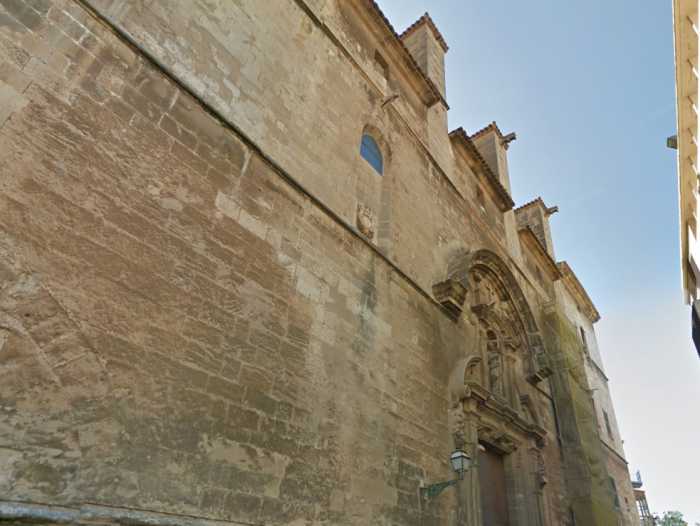All your holiday planning needs in one place, letting you book direct and benefit from official online rates
- Places To Go
- Things To Do
What’s Your Interest?
Traveling with kids
- Blog
Església de Santa Eulalia
Categories:
Sightseeing in Palma, Tourist Attractions, Architecture, Churches

FEATURED EXPERIENCE

Breathtaking Hot Air Balloon Flight over Mallorca
From: €180
- Lowest Online Rates
Visit the beautiful Neo-Gothic Santa Eulàlia parish church
Santa Eulàlia is dedicated to Eulàlia of Barcelona, and was built in 1236, just a few years after the Catalan conquest of Mallorca, on top of a former Moorish mosque.
Santa Eulàlia is situated on a charming little plaza about 5-7 minutes walk from the cathedral of Sa Seu, in the historic centre of Palma.
The massive dimensions of this church, is evidence of the importance of it during medieval times. It was here that king Jaume II, son of king Jaume I, took oath when being crowned king of Mallorca.
August 2nd 1391, a rebellion against the crown of Mallorca led to the death of nearly 300 Jews, who was considered to be faithful to the royal crown. Those Jews who wasn’t killed on that night and didn’t managed to flee, converted in Santa Eulàlia and was therefore known as the church of conversion.
Architecture of Santa Eulàlia
Most of the church was finished in the Middle Ages, between the 15th and 16th century.
The facade of Santa Eulàlia, is finished in Neo-gothic style dating from the 19th century. On the side of Carrer Santa Eulàlia, you can see the picture of the Annunciation of the Virgin Mary (announcement from the angel Gabriel that Mary should become mother of Jesus). On the side of Carrer del Sant Christ, you can see the pictures of the Epiphany (day when God incarnated as Jesus). Both sides, has beautiful Gothic arches and columns.
The main facade, was constructed in the late 19th century to the start of the 20th century, besides from the amazing rose window, which is preserved from the original old facade from the 1400’s.
On the balconys around the building, notice the many gargoyles. These mysterious monsters, was believed to keep all evil away.
Special interest inside Santa Eulàlia
1. The lateral entrance on the side of Carrer Santa Eulàlia, opens to the chapel of Saint Eligiu, patron saint of blacksmiths and silversmiths, and whose symbol is the silver vase that can be seen on the altarpiece and on the marble slab in the floor.
2. The pulpit, from which the famous Valencian Saint Vincent Ferrer (Angel of Last Judgment) spoke from, is too preserved here in this church. His picture is displayed on the upper part of the commemorative stone, and the inscription of 1413, which could have been the year of his preaching here.
3. The Baroque altarpiece of Dominican friar Albert Burgunya.



